Aluminum-Lithium Sputtering Target Description
The Aluminum-Lithium Sputtering Target is an alloy material consisting of aluminum and lithium. Due to its low density, high specific modulus, and exceptional fatigue and low-temperature toughness, this sputter target has become a critical material in aerospace technology.
Related Products: Aluminum Sputtering Target, Lithium Sputtering Target
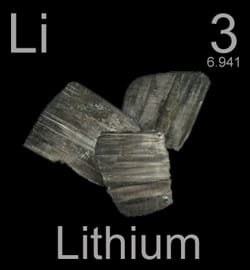
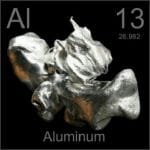
Aluminum-Lithium Sputtering Target Specifications
| Material Type | Aluminum Lithium |
| Symbol | Al/Li |
| Color/Appearance | Metallic gray |
| Melting Point | 718 °C |
| Density | 1.56 g/cm3 |
| Available Sizes | Dia.: 2.0″, 3.0″, 4.0″, 5.0″, 6.0″ Thick: 0.125″, 0.250″ |
We also offer other customized shapes and sizes of the sputtering targets; please Contact Us for more information.
Aluminum Lithium Sputtering Target Application
The Aluminum-Lithium Sputtering Target is utilized in various applications, including thin film deposition, decoration, semiconductors, displays, LEDs, and photovoltaic devices. It is also important for functional coatings, optical information storage, glass coatings (such as automotive and architectural glass), and optical communication technologies.
Aluminum Lithium Sputtering Target Packing
Our Aluminum-Lithium Sputtering Targets are clearly tagged and labeled for efficient identification and quality control. We take great care to prevent any damage during storage and transportation, ensuring that the targets remain in optimal condition.

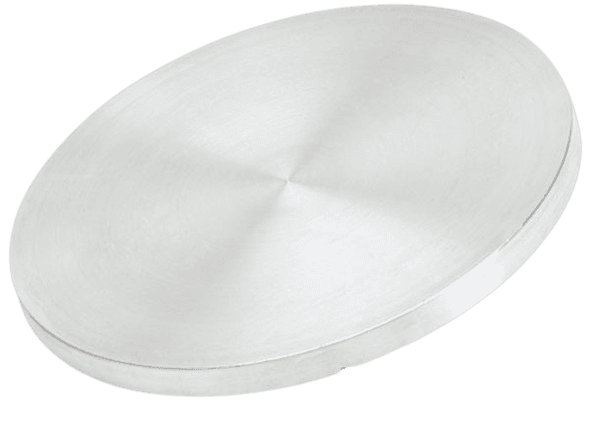
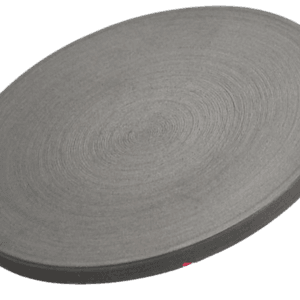
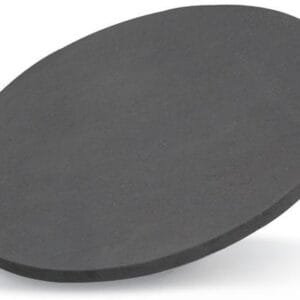
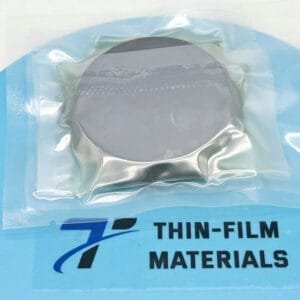
Reviews
There are no reviews yet.